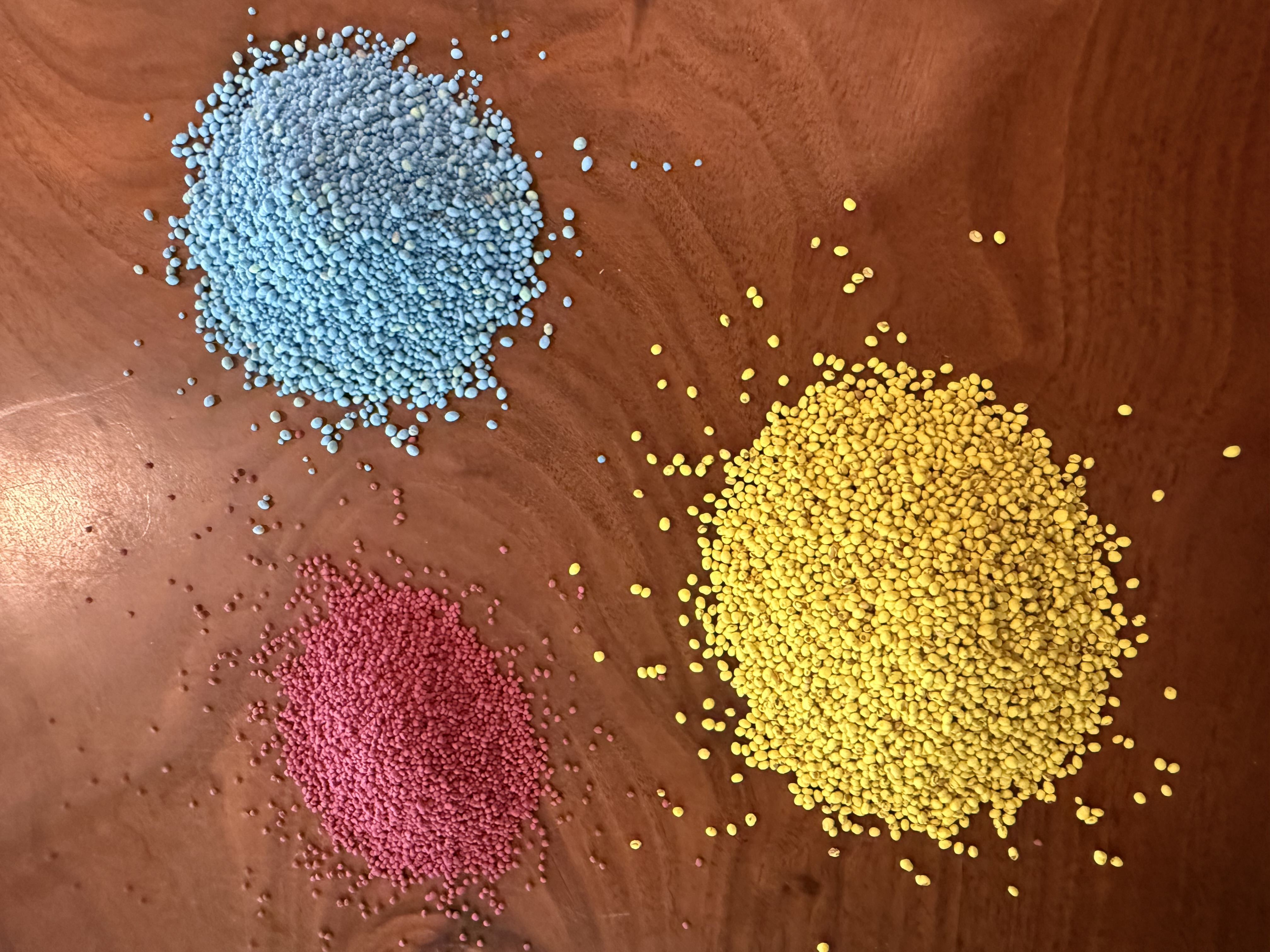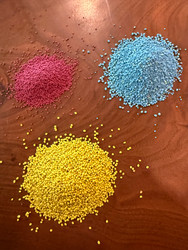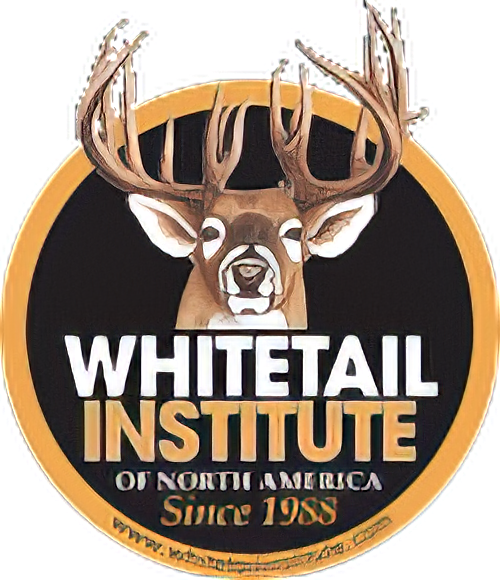Seed Coating: Why It Matters
Seed Coating: Why It Matters
If you're investing time and money into planting a food plot, choosing a high-quality coated seed can make a real difference. The benefits are well-documented and worth understanding.
There’s a lot of confusion out there about seed coating, so let’s take a moment to clear things up with a quick, straightforward explanation.
Seed coating is a proven technique that applies protective materials to the surface of seeds. This helps shield them from environmental stress and dramatically improves seedling survival. While coating slightly reduces the number of seeds per pound, it leads to better germination, stronger growth, and a more consistent stand. In short: more plants survive.
In conventional agriculture, coated seed (especially for small-seed forages) is widely used and trusted.
What’s inside Whitetail Institute’s seed coating?
- RainBond: A water-absorbing polymer that holds up to 200x its weight in moisture, helping seedlings stay hydrated if rain is limited.
- Rhizobium bacteria: These concentrated soil microbes are vital for legumes to fix nitrogen and thrive. While naturally present in soil, they’re often in low supply—coating ensures they’re there when needed.
- Fungicide: Added protection for crops like alfalfa that benefit from extra disease resistance.
- Color coating: Makes it easier to visually monitor seed distribution during planting.
Multiple university studies have backed the effectiveness of coated seed. It’s a smart, science-supported way to give your food plot the best possible start.


